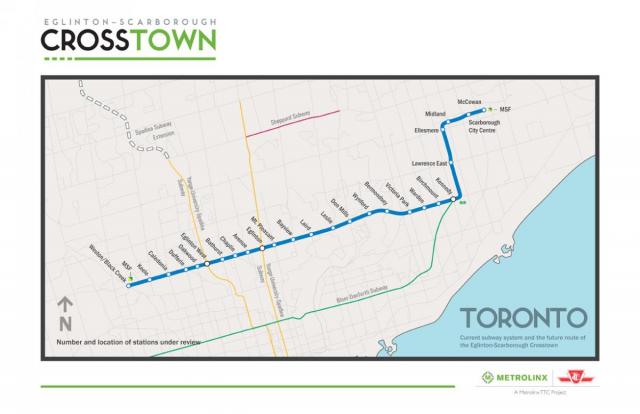44 North
Senior Member
Ford worked with McGuinty and Metrolinx to come up with the combined plan. Transit experts at Metrolinx even did a Benefit Cost analysis and found it to be the best.
Ford worked more co-operatively with transit experts than David Miller, who forced the Transit City LRT on many routes.
This is where it would have been beneficial for Council to work with Ford. Ford wanted to built transit away from cars, that also achieves cars away from transit. Council began to reconsider their priorities and were thinking that maybe the DRL would be the top priority. With this as the climate, a reasonable approach would have been to save money by elevation and transfer it to the DRL - a win for both sides.
But 'saving money' + working on the RL was never part of any deal, nor during any follow-up council sessions post MOU. In Ford's meeting with McGuinty+Metrolinx it was either a) Prov fund Sheppard and existing/TC Crosstown, or b) only Eglinton-Scarboro subway (with council doing all of Sheppard). Continued epithets about 'only underground' (i.e no elevation), no RL, no anything else. The whole thing was screwy, shadowy, and I don't think your comment about Ford 'working more co-operatively with transit experts than Miller' holds any water...it was like three guys behind closed doors with two options to choose from.






